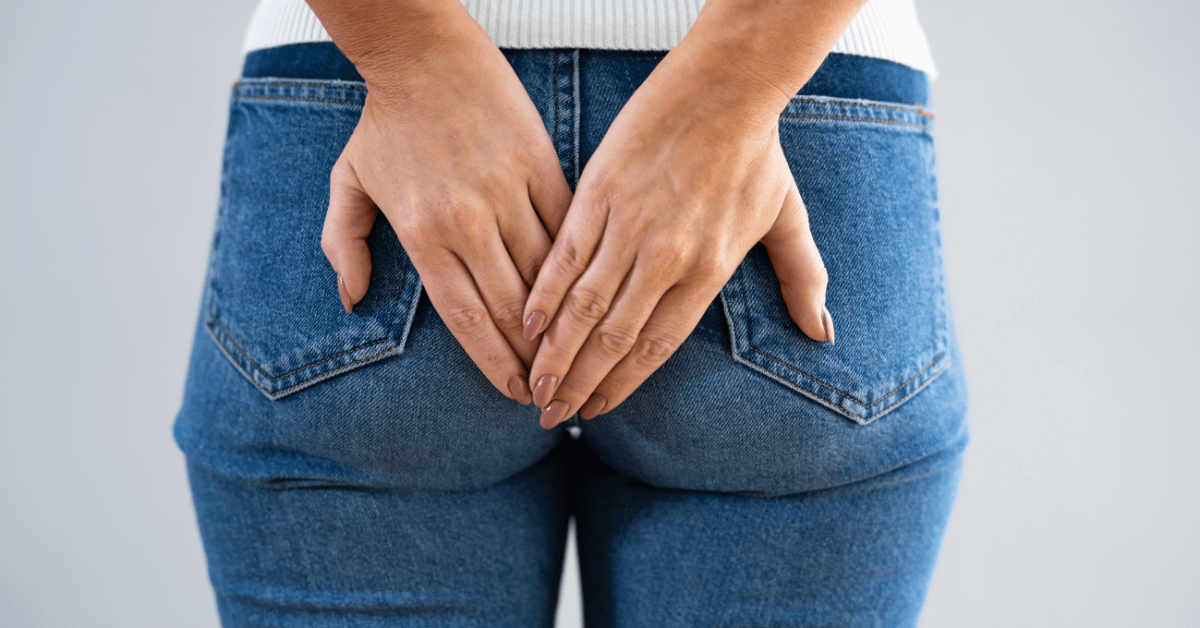Pilonidal disease is a common condition. It causes discomfort and pain. It involves a cyst or abscess formation. This usually happens near the tailbone. Hair and debris get trapped there. They can cause inflammation and infection. While surgery often treats existing disease, prevention is always better. Good hygiene and pilonidal disease prevention go hand-in-hand. Understanding proper care can significantly reduce your risk. This blog post explores the link between hygiene and pilonidal disease. We will discuss effective strategies. We also offer practical tips. These help you maintain optimal health. This empowers you to protect your well-being.
Understanding Pilonidal Disease
Pilonidal disease begins as a small pit. It forms in the skin groove. This groove is located between the buttocks. Hairs and skin debris often collect there. Therefore, these particles can penetrate the skin. They create a small tunnel or sinus. This tunnel then becomes a pilonidal cyst. Bacteria can enter this cyst. This causes inflammation and infection. An abscess then forms, leading to pain. It can cause swelling and discharge. The condition affects men more often. Young adults are especially vulnerable. Factors like prolonged sitting increase risk. A sedentary lifestyle also contributes. Understanding the mechanism helps prevention. It emphasizes the importance of good care.
The Role of Personal Hygiene
Personal hygiene plays a critical role. It prevents pilonidal disease. Keeping the area clean helps greatly. It removes trapped hair and debris. Consequently, this reduces the chance of skin penetration. It also minimizes bacterial growth. Proper cleaning prevents irritation. Irritation can worsen the condition. Poor hygiene, conversely, allows accumulation. This accumulation increases infection risk. This is why hygiene and pilonidal disease are so closely linked. Consistent and correct practices are key. They help maintain skin integrity. They also keep the area free from irritants. This proactive approach saves much discomfort.
1. Best Practices for Daily Cleansing
Effective daily cleansing is simple, yet it can be highly effective. Shower regularly, ideally once a day, because consistent cleansing helps reduce bacterial buildup.
- Use a mild, antibacterial soap and gently clean the area between your buttocks. Rinse thoroughly to remove all soap residue, as leftover soap can irritate the skin.
- Pat the area completely dry since moisture can encourage bacterial growth. Also, wearing breathable underwear, such as cotton, helps keep the area dry and comfortable.
- Avoid harsh scrubbing or abrasive materials, since they can irritate the skin and potentially increase your risk of complications.
Consistency is vital for effective prevention, which means making these steps part of your daily routine.
2. Hair Management and Pilonidal Prevention
Hair plays a significant role. It contributes to pilonidal disease formation. Hairs can become loose. They can pierce the skin. This initiates the cyst process. Therefore, managing hair in the gluteal cleft is crucial.
Consider regular hair removal methods:
- Shaving: This is one option. However, it can cause irritation. It might also lead to ingrown hairs. These can worsen the problem.
- Laser Hair Removal: This offers a more permanent solution. It reduces hair growth over time. This significantly lowers the risk.
- Waxing: This is another effective method. It removes hair from the root.
Discuss options with your doctor. They can advise the best approach for you. Proper hair management enhances hygiene and pilonidal disease prevention.
3. Addressing Excessive Sweating
Excessive sweating can worsen risk. Moisture creates a favorable environment. Bacteria thrive in damp conditions. Therefore, managing sweat is an important step.
Wear loose-fitting clothing. Choose natural, breathable fabrics. Cotton is always a good choice.
- Avoid tight pants or underwear. These can trap moisture.
- Furthermore, use absorbent powders sparingly. These can help keep the area dry.
- However, avoid talcum powder. It can cause skin irritation.
- Change clothing after heavy sweating. This includes after exercise.
Keeping the area dry is critical. It helps prevent bacterial overgrowth. This helps maintain good hygiene and pilonidal disease prevention.
4. Lifestyle Changes for Risk Reduction
Beyond direct hygiene, lifestyle matters. Certain habits increase your risk. Prolonged sitting is a major factor. It puts pressure on the tailbone area. This can trap hair. It also causes friction. Therefore, stand up and move regularly.
Take breaks if you have a desk job.
- Avoid sitting directly on your tailbone. Use a donut cushion if necessary.
- Maintaining a healthy weight also helps. Excess weight can increase skin folds. These folds can trap hair and sweat.
- Smoking can impair healing. It also increases infection risk. Quitting smoking improves overall health.
These lifestyle adjustments complement hygiene. They strengthen your defense against pilonidal disease.
When Professional Help Is Needed
Despite best hygiene, pilonidal disease can develop. If you experience symptoms, seek medical advice. Do not ignore pain, swelling, or discharge. Early intervention prevents complications. A doctor can accurately diagnose the condition. They can also recommend effective treatment. Fortunately, many treatment options exist. These range from drainage to surgery. One advanced option is Sinus Laser-assisted Closure (SiLaC). This minimally invasive procedure uses laser energy. It seals the pilonidal sinus. It promotes faster healing. Furthermore, it offers less pain. Our experts at IBI Clinic specialize in such advanced care. They ensure you receive personalized, effective treatment. Your health and comfort are our priority.
Frequently Asked Questions About Pilonidal Disease
Many people have questions about this condition. Therefore, here are some common inquiries and answers.
Can a pilonidal cyst go away on its own?
Sometimes, minor cysts might resolve on their own. However, infected cysts usually require drainage. Thus, medical consultation is always recommended.
Does good hygiene guarantee I won’t get a pilonidal cyst?
Good hygiene significantly reduces the risk. Nevertheless, it does not guarantee prevention, as other factors also contribute.
What if I already have a pilonidal cyst?
You should see a doctor promptly. Indeed, early treatment can help prevent complications.
Is laser hair removal truly effective for prevention?
Yes, it significantly reduces hair growth. Consequently, it lowers the risk of hair penetration.
How long does recovery from treatment take?
Recovery varies depending on the treatment type. For instance, minimally invasive options often have faster healing times.
Conclusion
At IBI Clinic, we understand pilonidal disease and its impact on daily life. We provide comprehensive care to address your needs. Firstly, our specialists offer expert diagnosis to ensure accurate assessment. Additionally, we provide advanced treatment options, including Sinus Laser-assisted Closure (SiLaC). Importantly, we prioritize your comfort and well-being throughout the process. Furthermore, we empower you with preventative strategies and guide you through every step. You can take control and prevent pilonidal disease from disrupting your life. Therefore, take proactive steps for your health by contacting IBI Clinic today. Schedule a consultation and let us help you find lasting relief.



